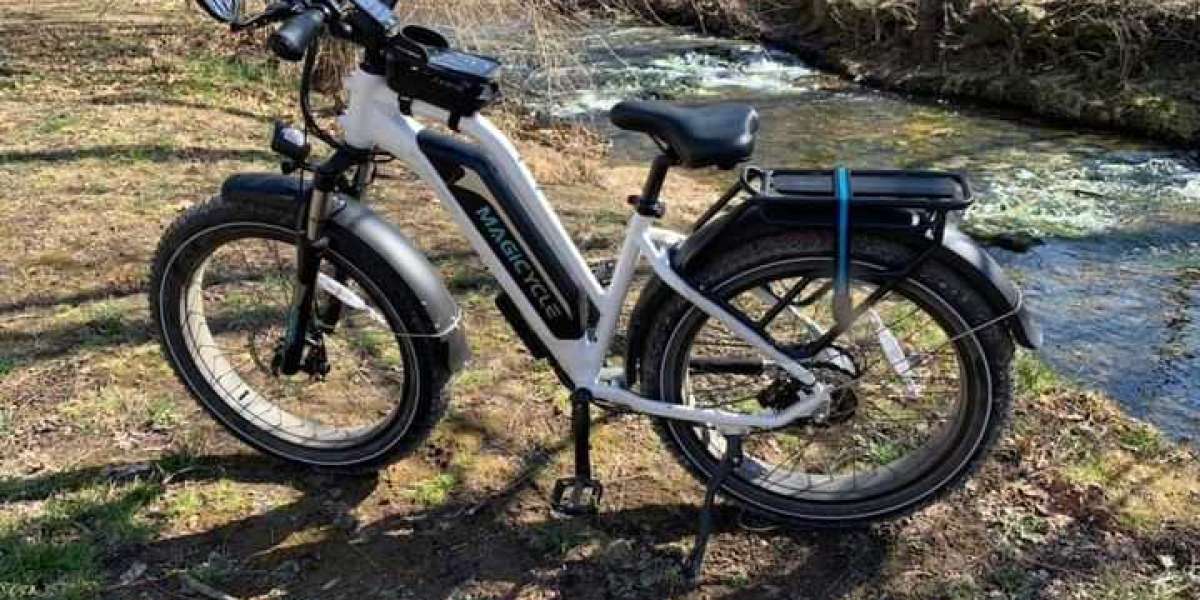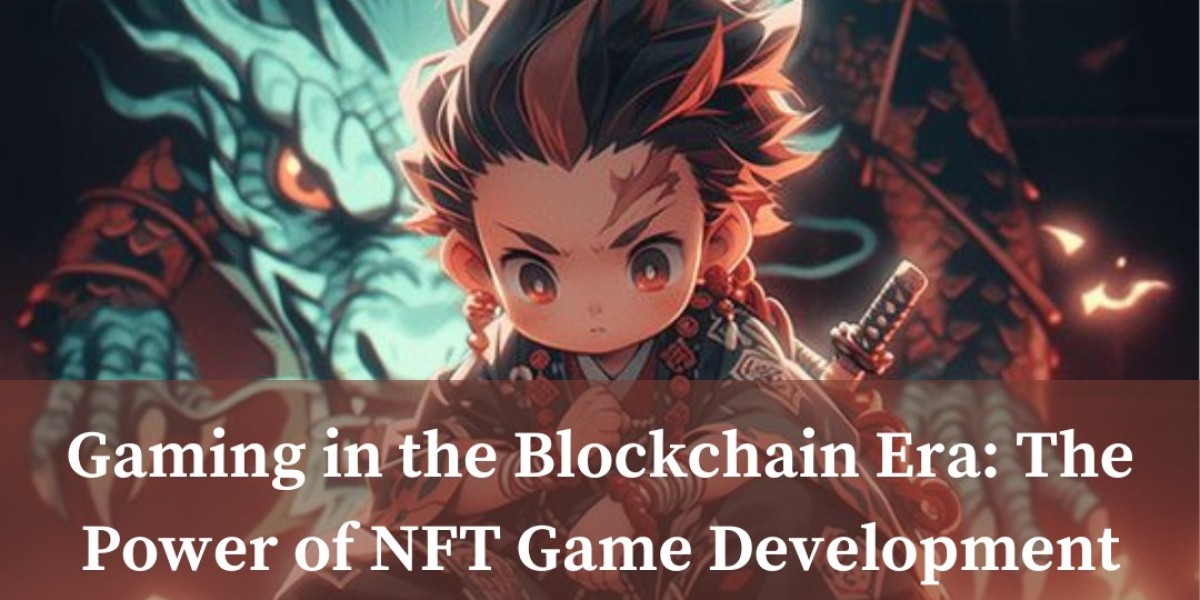Let’s discuss the pros and cons of hardtail and full suspension E-MTBs so that you can make the right decision.
Electric mountain bikes open up a whole world of discovery. The question is: should you get a hardtail E-MTB or a full suspension E-MTB?
Firstly, you need to know the difference between the two.
What is an E-MTB hardtail?
A hardtail mountain E-MTB has only front suspension in the fork. The frame is rigid and hence, a hardtail. They’re known for being lighter weight, more affordable and popular with newcomers to mountain biking.
What is a full suspension E-MTB?
As the name suggests, a full suspension electric mountain bike has front suspension in the fork and rear suspension in the frame. The rear shock comes in handy when riding difficult, technical terrain. You’ll be much more comfortable and in control with rear suspension to absorb the lumps and bumps underneath your wheels.
What’s the difference between a hardtail E-MTB and full suspension E-MTB?
To the untrained eye, the only major difference is the additional shock on a full suspension E-MTB. The motors and general aesthetics are very similar.
Weight
If you put the same battery in a hardtail E-MTB and a full suspension E-MTB, it would typically last longer in the hardtail because it’s lighter weight. The added bearings, linkages and pivots in a full suspension E-MTB add around 1.5kg to the weight of an electric mountain bike. On a conventional mountain bike, this would mean a hardtail is easier to pedal and climb on, however the electric motor means weight is less of an issue.
Terrain
On what kind of trails do you want to ride your E-MTB? This is an important consideration and will affect your enjoyment of an E-MTB.
Full suspension E-MTBs are the point-and-shoot of mountain bikes. You can ride any trail and the suspension will absorb most of the vibrations from underneath your wheels. If you want an electric bike that’ll tackle anything in its path, a full suspension E-MTB is the way to go.
Hardtail E-MTBs on the other hand won’t absorb as much of the trail noise as a full suspension E-MTB. If you ride smoother trails, you’ll certainly have a great time. If you ride more technical trails, pay attention to your line choice to avoid a white-knuckle ride over gnarlier sections.
Maintenance and Servicing
If you understand the basics of electric bike maintenance, such as how to clean your electric mountain bike and how to lubricate your chain, you’ll be fine on a hardtail E-MTB. The additional moving parts (bearings, shock etc.) on a full suspension E-MTB will need servicing on top of day-to-day maintenance.
We have many helpful articles on electric bike, so make sure you check our blog regularly if you’re stuck.
Uphill and downhill
Traditional hardtails are much easier to pedal because the energy used to propel the bike goes directly into forwards movement. On a full suspension electric mountain bike, some of this energy is absorbed in the rear shock resulting in a slower climb. The assistance from the electric motor means you don’t have to worry about this on an E-MTB.
As already mentioned, a lighter bike means a longer battery life. If long climbs are a regular feature on your rides, a hardtail tends to last longer.
In terms of physics, a heavier bike will travel faster downhill. Full suspension electric mountain bikes for sale are designed with gravity in mind. You have better control and comfort over rougher and steeper terrain.
Budget and cost
Full suspension E-MTBs are naturally more expensive due to the added moving parts. The extra material costs of an additional shock, bearings and levers add up to more than that of a similar spec hardtail.
If you’re looking for a more affordable option, a hardtail E-MTB starts at just $2,000 and is a great tool for getting familiar with mountain biking.
Which E-MTB should I choose?
Both hardtail and full suspension E-MTBs have their merits. The most important factor is finding a bike that suits the style of riding you enjoy.
A hardtail is more affordable, lighter and has better battery life, while a full suspension E-MTB adds comfort and control over technical terrain.



